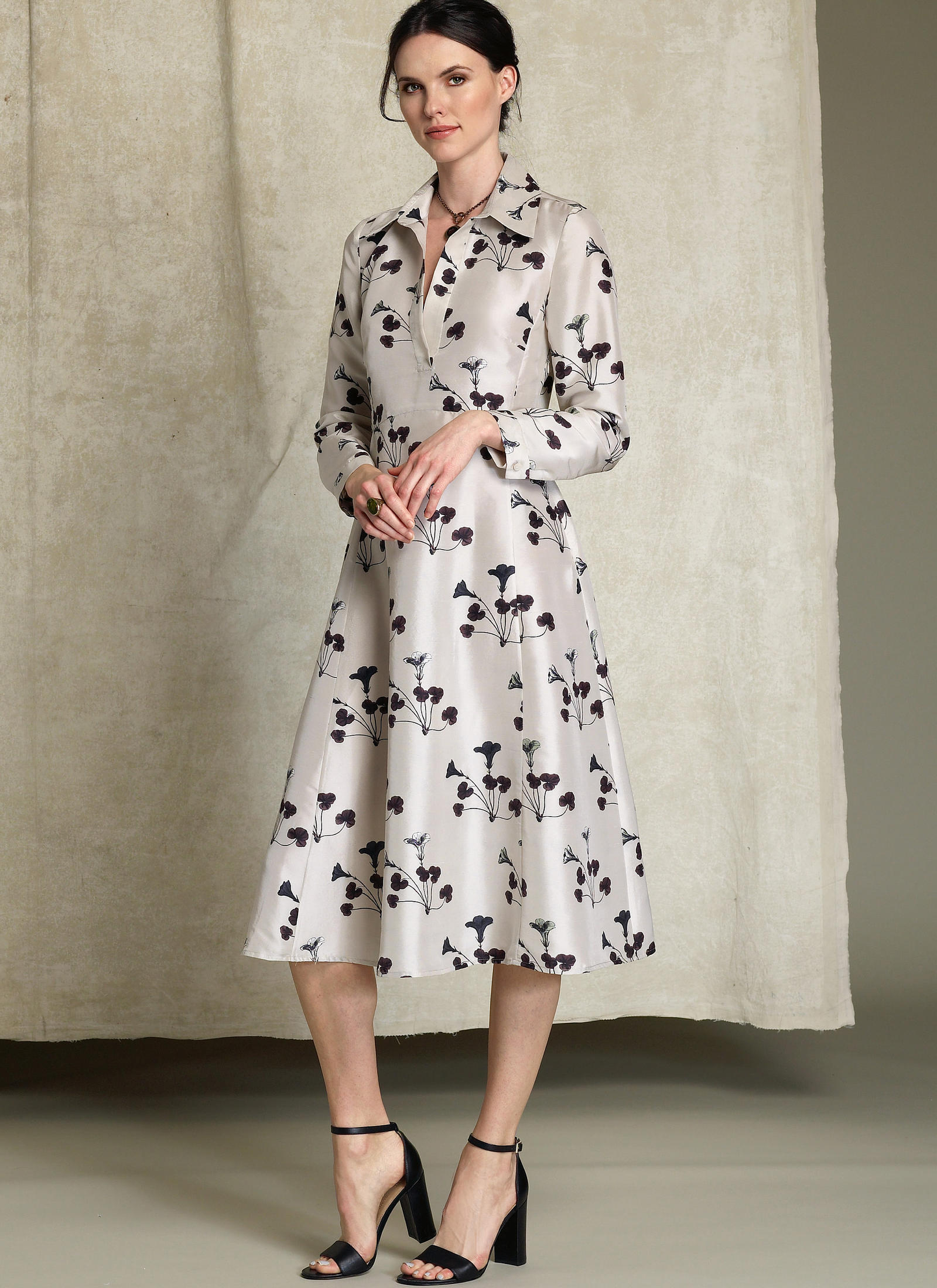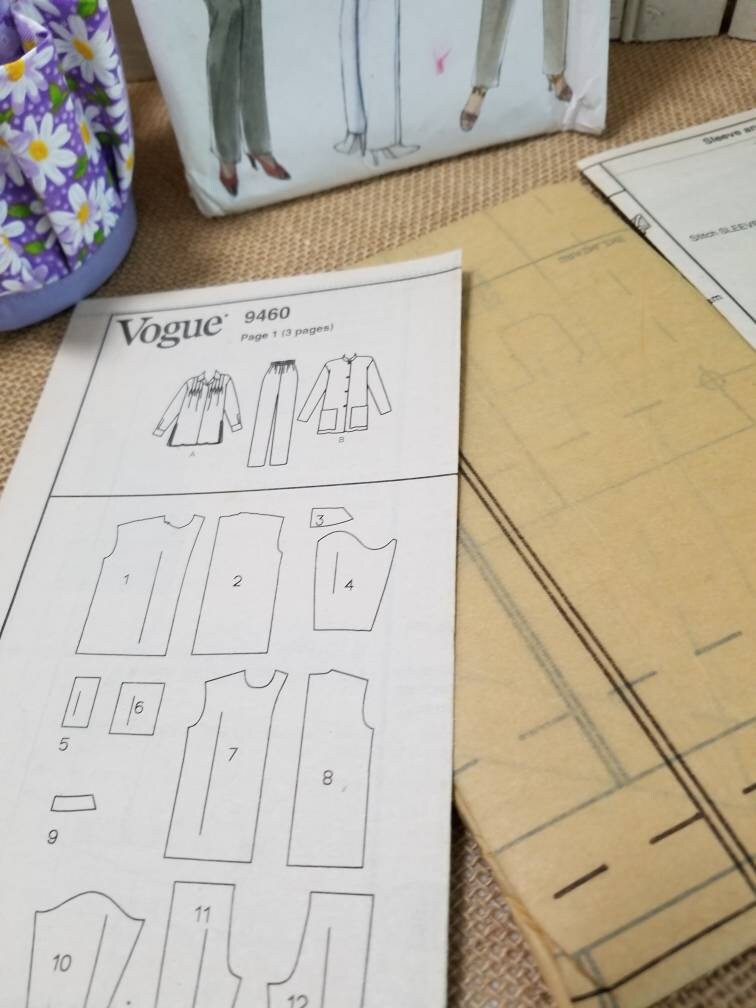sewing pattern review vogue 1511
sewing pattern review vogue 1511
sewing pattern review vogue 1511 Sewing is a craft that the states a needle and meander to tie something or connect something . The history of stitchery dates back yards of years BC . Sewing has its own basic sewing proficiency, different from weaving and fancywork . In general, all still use the basic proficiencies of traditional sewing, until the stitchery automobile came out in 1790, invented by Thomas Saint.
Download
Basic Sewing Techniques
Nowadays , tailors in the main use sewing machines more oftentimes . The machine is shared into two, that is to say traditional and electric . Even so, the staple stitchery proficiencies are still beingness studied because buying a machine requires more capital . Another reason is that using basic sewing proficiencies will leave you much better solutions and variety than machines . Here's an explanation for the staple sewing proficiency:
1 . Skewers
The staple proficiency of sewing a baste stitch is a proficiency in which the pattern impresses from child to left . This stitch proficiency is utile for fashioning run ups neater and even perfect . The basting stitch stitch practice has 3 uses, to wit sewing the sides of the cloth, ending the terminates of a shape, and fashioning the fabric rich person a wrinkle effect.
As for the basting technique, there are 3 types, that is to say:
Ordinary Skewers : This proficiency is done with unequal distances, different.
Skewer a certain distance : This proficiency united states a consistent distance . This type of tacking stitch is utilitarian for temporary stitches.
Skewer Barrier : This proficiency usas a single space . 'tween each stitch . This stitch is made with twofold threads so that when the stitch is ruined, there is a shadow of the last stitch.
2 . Stabbing Traces / Flip
The following staple stitching proficiency is the imprint stabbing technique or some other identify for the back thrust stitch . This tag stitch has the same groove as a stitching machine . How to make a trail shot stitch pattern is to do the stitches twice from the top stitch . The role of the trail stab is to make decorative agate line ornaments that are heterosexual person, round, or other shapes according to the coveted intent . Examples of the results are the motifs on the sarong in the form of boxes, devising accented occupations, writing, and others . Another function is to connect materials with other fabrics and zip fastener connecters with cloths.
3 . Skewer Flannel
The basic technique of sewing flannel stitches is in general used as a method of sewing the edges of the garment organism overlaid . Basically, flannel stitches are used on materials that wealthy person an expensive merchandising appraise . The flannel stitch proficiency has 3 the states, to wit as decoration, staple stitches, and shadower embroidery with tight spatial arrangement that can follow the motif.
How to utilize a flannel stitch is to do a tacking stitch on a cloth that has been sewn 3-4cm with a 0.75cm step rearwards . Insert the needle to the right hand and backrest again 0.5 cm . Thread back over the number one sew together and proceed until you're done.
4 . Skewer Feston
Feston has a function to finishing the lint on the seam . An exercise is the grummet on the sleeves in baby dress . In addition, the Feston stitch figure too villeins as a decoration . Especially if the combination of staple and cosmetic thread colours has a goodness harmony . The form of decoration that can be made with a festival pattern is a bloom-ilk pattern.
5 . Prick the Wrap
The bandage run up pattern is useful for sewing damaged lint on curler clinches . Another office is as a finish proficiency on the edge of the seam . How to sew with the staple proficiency of balut sew together is left to right and vice versa at a slight angle.
6 . Skewer / Stem
Especially useful as a decoration on a material . The results that can be obtained from reefers are in accord with the resultant roles, to wit the pattern of the stem . It is possible to make other foundations with stick sticks, but in general they are made to get sticks.
How to use the stick stitch pattern is to sew back 1/2 cm and bond 5-6 togs to the cloth . After that the needle is pulled out and acquires a chaff sew . This pattern is recurrent until the coveted resultant role is obtained . If you want to get a larger size, the stitch distance is made tighter and the cloth is bigger.
7 . Chain Stitch
As the name connotes, the basic technique of stitching a chain stitch has a practice that forms a chain . This convention is utilitarian for devising decorations on materials in the shape of irons, for example, tree ramifies and tree branches.
How to bring in a chain sew together is to take a step frontward in sewing . First, stick the needle from the bottom of the inning to the top of the material . After that the needle will be inserted back into the hole where the needle formed a circle due to the old puncture . Pull the needle and reiterate the pattern until the sought after pattern is formed.8 . Cross Skewer
The traverse stitch pattern is secondhand as a ornamentation on the material . How to work a thwart sew approach pattern is to sew from the top right to the bottom left field, after that the direction is made to the bottom right . The second shot volition start at the bottom right and and so work towards the top left . Make sure that the stitches are aligned at the top and bottomland so that they phase a bully cross sew together . Repeat until you get the in demand result.
9 . Skewer Piquar
The piquar stitch is a staple stitching technique that is useful for attaching furry materials . Generally secondhand on fur pelages, jackets, or suit of clothes . Another role of piquare stitch is as a palm on other apparel.
10 . Skewer Som
The som run up blueprint is used to sew and lock the folds in the textile . Fabrics that have been locked with a som stitch design cannot be opened again easily . How to use the som technique is to stay the meander into the folded material . Pull the wander and and then thrust it back next to the stitch with a tight distance . Repeat until you get finished stitchery the folds.
11 . Flatback
The staple proficiency of sewing a straight stitch is from leftfield to right hand . This practice is made by expiration up and downcast in a straight person line and in layers covering the stallion surface of the ornament . This technique is generally used to make ornaments in the shape of foliages or blossom crowns, and doll noses.
12 . Open Chain Stitch
Is one descriptor of cosmetic stitch that changes . This run up is essentially a chain sew together with its own variances . This practice is generally made into ornament on dames because it forms an open mouth.
13 . Skewers
Similar to the roll stitch type . The difference is in the function . The bars serve to adorn the show up, spell the roll stitch proficiency is utilitarian for connecting two cloths together . Examples of gratings are the mold of the eyes, nose, oral cavity, and blossom crowns.
14 . Skewer Roll
The staple technique of stitching a roster stitch, as the name suggests, this pattern patterns a circle when applied . This technique is secondhand to connect the cloth so that the ends of the fabric do not pile up.
15 . Bullion Stab
The Bullion stitch proficiency is not a basic sewing technique . Bullion is an advanced technique rarely secondhand by tailor-makes . The bullion stitch model makes bantam string of beads to organise flyspeck flowers and sir thomas more.
16 . Skewer Roumani / Rumani
The roumani technique is the same as the bullion stitch . This technique has an advanced level and is not unremarkably used . The Roumani stitch figure is utilitarian for forming decorations with inside information, for exercise, long leafages and flowers.
17 . Satin Skewer
The satin stitch pattern is used to shuffling leaf-wrought ornaments in superior general . In addition to leaves, satin stitch technique can likewise be used to signifier various ornamentations as in demand.
18 . Flat Skewer
The flat stitch pattern is secondhand as a embellishment in the stitch . In general, to fill up in the empty fields in the framework that has been created.
19 . Straight Skewer
The staple proficiency of stitching a straight person stitch has the same practice as the identify implies, which is straight . This technique is secondhand to shape flowers and gunter grass with straight run ups.
20 . Skewer Flowers
The basic proficiency of sewing blossom stitch has a very unique pattern . Patterns of bloom stitches change wide with the resultant roles forming the framework of a blossom . How to do a different flower stitch according to the desired flower.
21 . Skewer Veston
The daar technique of sewing the vetson stitch is used on tablecloths, blankets, material edges, clothing edges, and so on . Including easy and can be done as instruction to babies . The sewing direction can be done from leftfield to correct or vice versa . Start stitching by keen from the interior of the cloth at a status 1 cm from the end of the cloth, after that commit it out . Put it back in the material good the number one hole out and pull it gently . After that there will be a circle of thread, put the weave in the circle and so pull it . Repeat until ruined stitchery.
Download




Posting Komentar untuk "sewing pattern review vogue 1511"